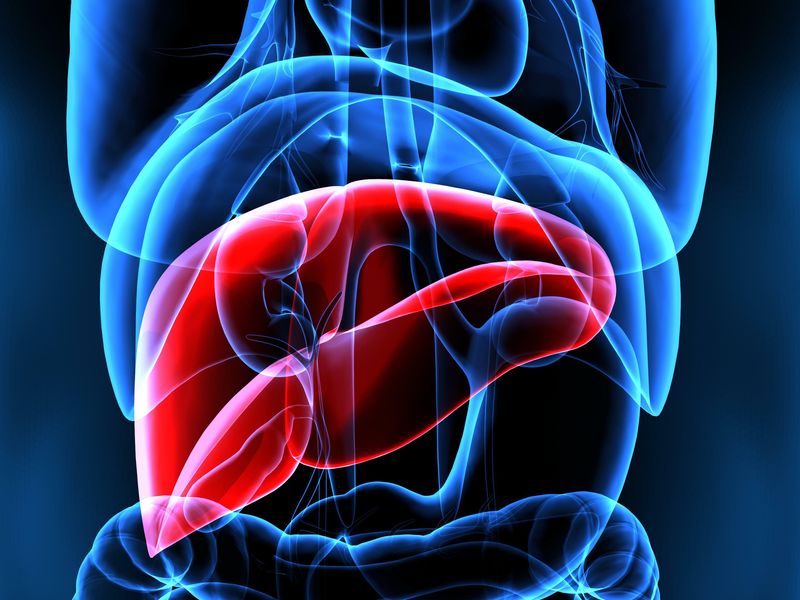The purpose of this study was to provide a descriptive profile of the incidence of severe acute respiratory syndrome coronavirus 2 (SARS-CoV-2) infection in pediatric solid organ transplant (SOT) patients during the early stages of the pandemic. Researchers postulated that a sizable percentage of SARS-CoV-2 infections in children who receive SOT occurred asymptomatically. In order to determine which patients were tested for SARS-CoV-2 between March 15, 2020, and June 30, 2021, investigators searched the Organ Transplant Tracking Record (OTTR) for all pediatric SOT recipients tracked at their center and reviewed their medical records. Patients were screened by polymerase chain reaction (PCR) before surgery or when symptoms appeared, or they were screened as part of routine lab work every 2 months. Positive PCR results indicated a recent infection. Convalescence was the term used for a positive IgG with a negative PCR. In cases where the polymerase chain reaction or immunoglobulin G was positive, blood samples were taken for further immunological analysis. Acute infection was compared to recovery; acute infection was compared to SOT recipients without infection (called healthy controls); liver transplant (LT) was compared to the small bowel (SB)/multi-visceral transplant (MVT); positive vs. negative test result was compared. Only 99 out of 257 LT recipients were evaluated, and the results showed that 6 were PCR positive and 13 were antibody positive. Only 55 out of the original 150 SB/MVT recipients were evaluated, with the results showing that 4 were PCR positive and 6 were antibody positive. Only 3 out of 8 people who received a liver and kidney transplant simultaneously were tested, and 1 of them tested positive for the disease using polymerase chain reaction. When present, symptoms were generally not severe. Patient age was significantly lower in the positive group (6.3 vs. 10.0 years; P=0.017). Within 96 hours, the study group saw a significant drop in viral load without any adjustment to immunosuppression. The antibody was detectable for more than an 8-month follow-up period. Increased CD4 TEM and CD8 TEM cell frequencies were seen in acute infections (P=0.04, P=0.03, respectively), decreased interferon (IFN)-γ production from T-cells (2.8% vs 11.3%; P=0.006) and CD8 TEMRA frequency (4.56% vs 11.70%; P=0.006) were found in acute infections. Disease caused by COVID-19 in pediatric SOT recipients was modest in the early stages of the pandemic, with no cases of transplant rejection, patient death, or graft loss being reported.
Source – journals.lww.com/jpgn/Abstract/2022/09000/SARS_CoV_2_Infection_in_Pediatric_Solid_Organ.10.aspx


